The flavor is sweet, juicy, tart and melony all at the same time. And it can be enjoyed crunchy or soft. With so many varieties to choose from it can be hard to decide which one to buy for your climate. Most Nectarines will do well in zones 6-9.
The biggest problem with nectarines can be the dreaded leaf curl disease. However if treated with a copper fungicide the growing season can be very fruitful and delicious.
The Kreibich Nectarine and Pacific Pride are supposedly to be very variety resistant to the leaf curl disease. One Green world has them for sale.
There are so many nectarines that it can be extremely daunting to figure out which varieties to grow. The list below should help in your research.
Nectarine varieties:
Arctic Jay: large nectarine with pale yellow skin and red blush; flesh is white with a rich, sweet flavor; freestone. Midseason harvest.
Artic Blaze White: Taste test winner. One of the best of the low acid white nectarines: rich flavor and firm texture in early season, very sweet when soft ripe. Large size, red and creamy white skin.
Artic Rose: medium-size fruit with a white to pale yellow skin and red blush; white, sweet flesh; semi-freestone. Early harvest.
Artic Glo: Exciting, sprightly-sweet, early season white-fleshed nectarine. High scoring in taste tests: nice balance of sugar and acid, very appealing flavor. Highly recommended for home orchards.
Artic Jay: Taste test winner. Very attractive, firm, freestone fruit is richly flavored, with a balance of acid and sugar.
Artic Queen: Delicious, super-sweet white nectarine, very similar to Arctic Rose, but ripening 3-4 weeks later (early August in Central CA). Rich flavor and nice crunchy texture when firm ripe, extremely sweet when fully ripe. High-scoring in taste tests.
Artic Star: large nectarine with bright red skin; white flesh is very sweet and rich flavored; semi-freestone. Early harvest.
Armking: large nectarine with olive-green skin and reddish cast; flesh is yellow with sweet aroma, semi-freestone; from California. Early harvest.
Atomic Red: With one of the most intense blooms we’ve ever seen on a fruiting tree, Atomic Red Fruiting & Flowering Nectarine is sure to amaze. The deep red of the double flower acts like a beacon, calling all eyes to marvel at the beauty in your yard. But exceptional bloom is not all; Atomic Red provides delicious nectarines as well.The fruit is medium to large, with sweet white flesh.
Cavalier: From Virginia. Orange-yellow skin blushed with mottled dark red. Medium size, firm, aromatic, yellow freestone fruit resistant to brown rot. Hardy, showy blossom.
Desert Dawn: small to medium fruit with red skin; yellow, firm, sweet, juicy flesh and aromatic; semi-freestone; from California. Early harvest.
Double Delight: medium-size fruit with dark red skin; yellow flesh with rich flavor; freestone. Midseason harvest.
Fairlane: large nectarine with red over yellow skin; yellow flesh; clingstone; from California. Late harvest.
Fantasia: large oval fruit with bright red over yellow skin; yellow, firm, smooth flesh with excellent flavor; freestone from California. Midseason harvest.
Firebright: large nectarine with red over yellow skin; firm, smooth, juicy, yellow flesh with great flavor; semi-freestone from California. Midseason harvest.
Fire Sweet: medium nectarine with flaming red and yellow skin; firm, smooth, juicy yellow flesh that is very sweet; clingstone from California. Midseason harvest.
Flamekist: High quality late season clingstone. Large, firm, red over yellow skin. Popular fresh market variety
Flavortop: large nectarine with red skin flecked; yellow; firm, juicy, golden yellow flesh streaked with red and great flavor; freestone from California. Midseason harvest.
Garden Delight: Large yellow freestone is sweet, delicious, refreshing. Heavy bearing 5-6 ft. tree is easily covered to protect blooms from frost
Goldmine: large fruit with red blushed over white skin; white flesh that is tasty; freestone from New Zealand. Late harvest.
Hardired: Productive, reliable and carefree. This variety is disease-resistant (especially to bacterial spot and brown rot) making it easy to grow, and it is very productive — thin the bountiful fruit crop for bigger nectarines. Fruits feature firm, yellow, flavorful flesh. Semi-freestone. Originates from Ontario, Canada, introduced in 1974. Ripens in August. Self-pollinating.
Harko: One of the highest scoring nectarines in DWN fruit tastings. Cold hardy Canadian variety has showy, large, single pink blossoms. Tolerant of bacterial spot and brown rot.
Heavenly White: very large nectarine with creamy white skin that is heavily blushed red; white flesh and excellent flavor that is favored by connoisseurs; freestone. Midseason harvest.
Honey Kist:
Early-ripening yellow nectarine with high sugar and low acid (no tartness). Begin picking before the fruit begins to soften, the subacid varieties have the advantage of being good to eat before they reach peak ripeness.
Independence: medium to large nectarine with cherry-red skin; firm, yellow flesh and good flavor; freestone from California. Midseason harvest.
John Rivers: medium to large fruit with white skin and crimson blush; greenish white flesh is tender and juicy; semi-freestone from England. Early harvest.
Jolly Red: Very large fruit to 3 1/2 or more if properly thinned. Freestone, delicious flavor. Skin bright orange-red over yellow.
Juneglo: medium-size fruit with red skin; yellow flesh and very good flavor; freestone. Early havest.
Le Grand: large nectarine with bright red and yellow skin; yellow flesh with rubbery texture; delicate, semi-acid taste; clingstone from California. Late harvest.
Liz’s Late: medium-size nectarine with red-over-yellow skin; yellow flesh with a sweet-spicy flavor; freestone. Late harvest.
Mericrest: medium-size nectarine with bright red skin; yellow, flavorful flesh; freestone. Midseason harvest.
Nectacrest: Sweet and juicy as nectar. Easy to grow as any peach tree. Bears medium-to-large fruit with a melting, pure-white flesh. Flavor is satisfying without being “syrupy”. Introduced by Rutgers in 1947. Freestone. Ripens in early September. Self-pollinating.
Nectar Babe: small to medium-size fruit with dark red skin; yellow flesh with good flavor; freestone. Midseason harvest.
Necta Zee: medium-size nectarine with red skin; yellow flesh is sweet and flavorful; freestone; Early to midseason harvest.
Panamint: medium to large fruit with bright red skin; yellow flesh; freestone California. Midseason harvest.
Pioneer: small to medium sized nectarine with a thin yellow skin with a red blush; yellow flesh touched with red; freestone from California. Midseason harvest.
Ruby Grand: large nectarine with ruby skin; firm yellow flesh with great flavor; freestone. Early to midseason harvest.
Royal Giant: This overachieving nectarine can be as big as an apple! This is one of the most popular varieties planted by commercial growers in California. The yellow-fleshed fruit is big, sweet, tangy and juicy. They are often found in grocery stores, but once you’ve tasted them at their peak, you’ll only want these nectarines homegrown. Clingstone. Developed in Modesto, California, introduced in 1977. Ripens in mid August. Self-pollinating.
Sauzee King: First 'donut' style nectarine from Zaiger Hybrids. Outstanding early season variety has white flesh that is sweet and juicy. Red skin, blushed with yellow. Tree sets fruit at a young age and produces heavily. Thinning is required for large fruit size.
Silver Lode: medium fruit that is most red over creamy yellow with red specks; juicy, sweet flavor; freestone from California. Early to midseason harvest.
Snow Queen: very large nectarine that is fair-skinned and a light russet blush; white, melting, juicy flesh that is fine textured; freestone from California. Early harvest.
Southern Belle: large fruit with yellow skin and red blush; yellow flesh has good flavor; freestone. Early harvest.
Stanwick: medium fruit with a greenish white skin that has a shade of purple red; white flesh is juicy; semi-freestone origin unknown. Late harvest.
Stark Crimson: Perfect for fruit salads. Slice into this deep crimson fruit to reveal a snowy white center. The flesh is sweet, juicy and firm, and offers a new spin on nectarine dessert recipes. Ideal for eating fresh, cooking or canning. Introduced circa 1993. Freestone. Ripens in early August. Self-pollinating. May be covered by U.S.P.P. #8461 or other patents. Bradcrim cultivar.
Stark Sunglo: large fruit with yellow skin overspread in part with red; yellow flesh that reddens near pit; slightly acid flavor; freestone from California. Midseason harvest.
Stribling Giant Free: large nectarine with yellow skin blushed with red; yellow tasty flesh; freestone from California. Midseason harvest.
Stribling White Free: large fruit with white skin blushed with red; white, sweet and juicy flesh with a creamy texture; freestone from California. Early harvest.
Sun Grand: large nectarine with red-blushed yellow skin; firm, yellow flesh; freestone from California. Midseason harvest.
Sunred: small to medium fruit with bright red skin; yellow flesh is firm and flavorful; semi-freestone from Florida. Early harvest.
2W68W: large nectarine with red over yellow skin; firm flesh and excellent flavor; freestone from California. Early to midseason harvest.
Zee Glo: Taste test winner. Delicious late summer fruit with classic, zesty, nectarine flavor. Superb balance of acid and sugar. Attractive, dark red skin. Showy pink blossoms in spring.
Most of these varieties are produced by Dave Wilson Nursery.

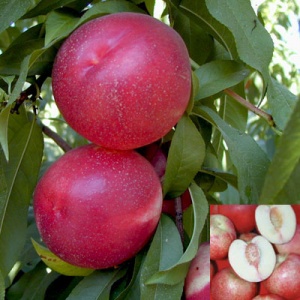






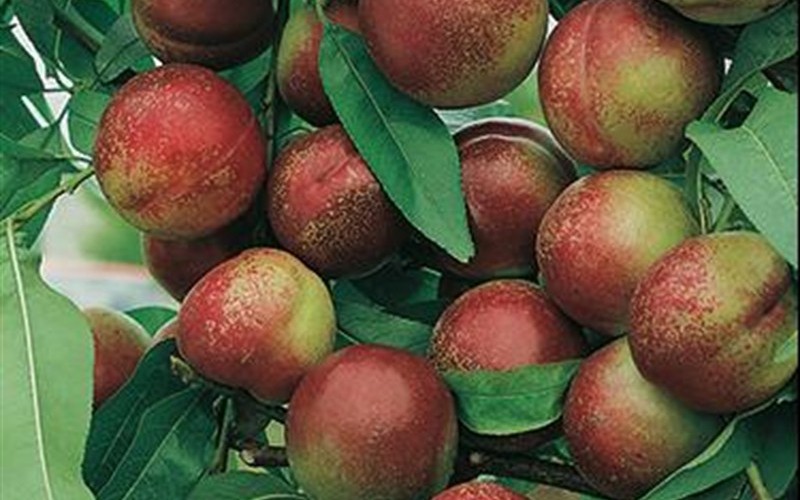





















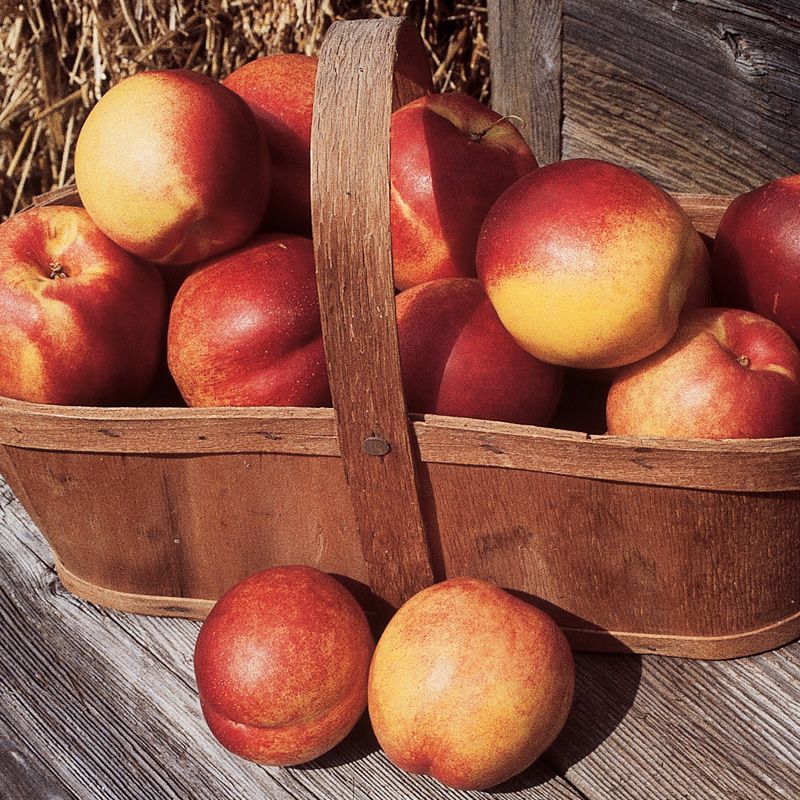









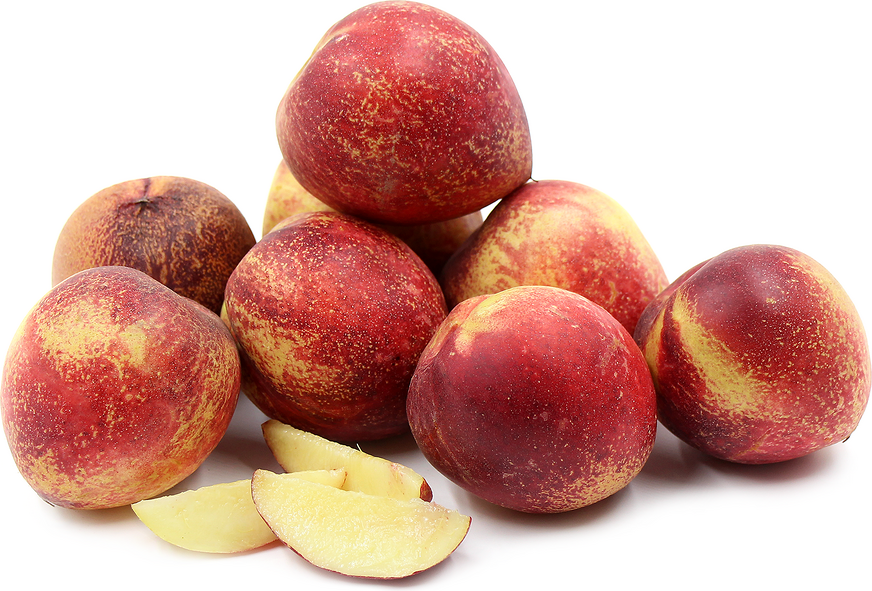
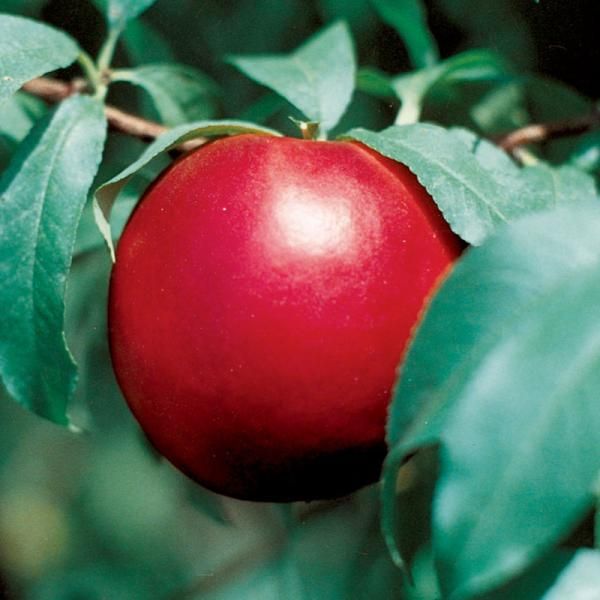



I tasted harko nectarine last summer. it was good.I didnt have issue with leaf curl disease. which one are you growing Ben?
ReplyDelete